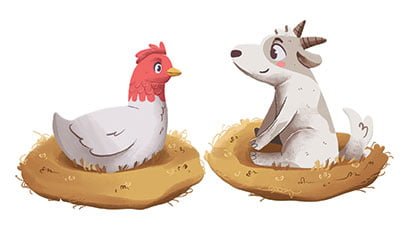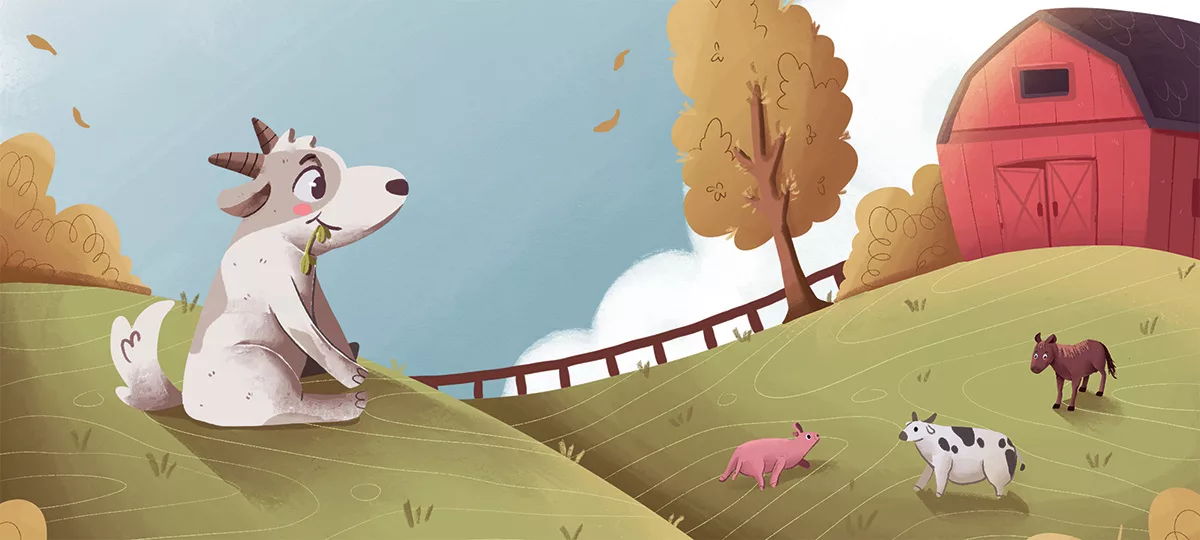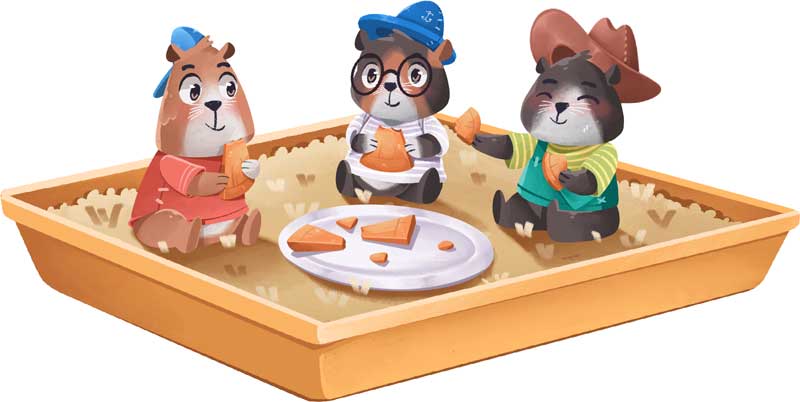
A Story about Purpose
How many of us know our purpose in life? How many teens or children know what they want to do with their lives? Teens in school are constantly asked what they want to be and what they want to major in college yet, few of them really know the answer. This constant barrage of questions that these teens cannot answer brings stress and anxiety to these individuals.
Lack of Purpose Causes Stress
Children and teens feel safe and secure when they have boundaries and structure to guide their lives. When that structure disappears, then feeling of anxiety and stress escalate within the individual. Schools provide a certain structure because there is a beginning and ending time for the child or teen. The teens classes are usually at the same time and in the same room with the same teacher. A child’s school has the same structure of beginning and ending with the same teacher.
Moreover, the curriculum is usually taught daily in the same time frame. Lunch and recess are also held at the same time. This environment brings a sense of security to each individual. However, home life can be different. There can be fluctuating bed times, meals, and wake-up times. Evening routines can also vary so the sense of any structure is often lacking causing stress and anxiety.
Results of Lack of Purpose
Anxiety arises when the child or teen has relatively no structure or boundaries. They do not know the limits placed upon them by society and its institutions. They often are reprimanded when they ignore rules. Children are sent to the principal or lose their good behavior tickets when they operate outside of these rules. Children are also punished in the home for breaking house rules. Society as adults are also punished when they operate outside of the governing laws. When children lack a secure sense of boundaries and structure, they emit more and more anxiety and stress in their lives.
Physical manifestations can also occur from this stress. Many children are now diagnosed with ADHD and given medication to control these distractions or the resulting stress from not being able to function properly in their environment whether it is in the home or school. Consequently, solutions are definitely needed.
The Giving Goat Suggests a Solution
I decided to write this book to help children recognize that they were valid and worthwhile. Every child has a purpose to discover in this world. It is hoped that a creative loving home environment along with a supportive challenging school setting will open a child’s eyes to a sense of purpose and worth.
The little goat in The Giving Goat, awakens in a secure pile of hay in the safe barn. He looks around and realizes he has no purpose on the farm. He then visits each of the farm animals trying to mimic their purpose but to no avail. He was created to be a goat with a unique purpose. Through a wonderful experience, he discovers his purpose in the big farm and returns to his hay stack full of security and purpose. Each child can read this book and learn to look for his or her uniqueness in life.

Every child has intrinsic value and purpose, but it has to be discovered and cultivated like the dormant seeds of flowers in a beautiful garden. Healthy soil and water encourage these seed to sprout into magnificent flowers. The little goat sprouts and grows into a purposeful goat with his discovery of purpose. Our children need to be cultivated, nourished and “watered” in order to grow and mature into the purposeful individuals they were created to be.
Discovering Purpose in Children
A very effective method of discovering a child’s purpose is to listen to that child. Look the child in the eyes. Get on his or her level by sitting so you are not looking down at the child. Maintain direct eye contact as you ask the child what he or she likes and does not like. You can then deepen the conversation by discussing in more detail what the child likes and dislikes. Children have excellent reasons for their opinions. Please do not degrade or criticize the words of your child. If you are displeased with certain responses, then continue the conversation by asking what consequences might result from these decisions.
Children love to discover their own solutions to problems. This discovery continues into the school arena as children become thinkers rather than “robots” who blindly accept all that they are told. Children can be amazing at what they can discover. I have an old guinea who suddenly cannot eat hard carrots. One of my caring students asked to cut the carrots into small pieces and fed them to the hungry guinea pig by hand. I now had the opportunity to praise this child’s kindness and compassion. Realizing how long this process takes, he asked if I had an electric “chopper” which I did. I told him I did not know how to use it. He was then able to assemble the chopper and cut up enough carrots for several days. Now I praised him for his clever problem- solving skills along with his continued kindness. On his next tutoring visit, I invited him to show another student how he chopped up the carrots. I could now praise him in front of his peers.
It is amazing how many situations we can praise our children for as we look for them. This praise builds confidence and a sense of purpose with the child or teen along with bonding with the adult. Therefore, why not cuddle up on a couch with your child and read this darling book about finding purpose in one’s life. The results may happily surprise you!




